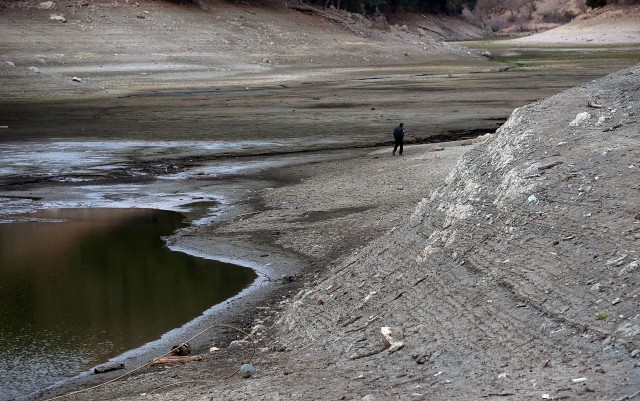High temperatures contribute, as well, and can be especially bad when it doesn’t cool down at night. That’s been the case in Orange County this year. It has the highest number of West Nile cases in humans this year – 116.
Local officials have been waiting for the right weather conditions to spray pesticides to kill mosquitoes and have been surveying the region by plane for backyard pools and birdbaths that have stagnated. High foreclosure rates in the region led to an increase in abandoned pools in recent years, and continue to be a factor in the current elevated rates of West Nile, Kramer said.
While case numbers are high in Orange and Los Angeles, some counties in Northern California have a higher concentration of cases. Glenn County, north of Sacramento, has the highest incidence of West Nile at 35 cases per 100,000 people. Orange County's incidence is just four per 100,000.
“There’s a broader type of habitat available for mosquitoes in the Sacramento Valley compared to Bay Area counties, for instance,” Kramer said.
This broader habitat draws two types of mosquitoes to the region: rural mosquitoes that breed in the rice fields and urban mosquitoes in surrounding towns.
“So those two mosquitoes working together will further amplify the virus,” she said.
The majority of people infected with West Nile virus show no symptoms. Twenty percent get flu-like aches and fever, and only 1.5 percent develop the most severe neuroinvasive form of the disease. Ten percent of those who get very sick, die.
So far this year, 12 people in California have died, mainly the elderly and people with underlying conditions like diabetes or high blood pressure. In total, California has the most reported cases of West Nile in the country – 311 cases as of last Wednesday, September 17. Texas is second with 98 cases and Louisiana is third with 78, according to CDC data.
Dr. Nasci warned that the season for West Nile has yet to peak. Temperatures and infection rates are still rising.
“There’s still a substantial period of the year left,” he said. “How long that risk persists will depend on how many more mosquitoes are produced, how much longer they’re going to live, how many birds are susceptible.”
Public health officials recommend individuals protect themselves from infection by wearing long sleeves and long pants, and using insect repellent.
